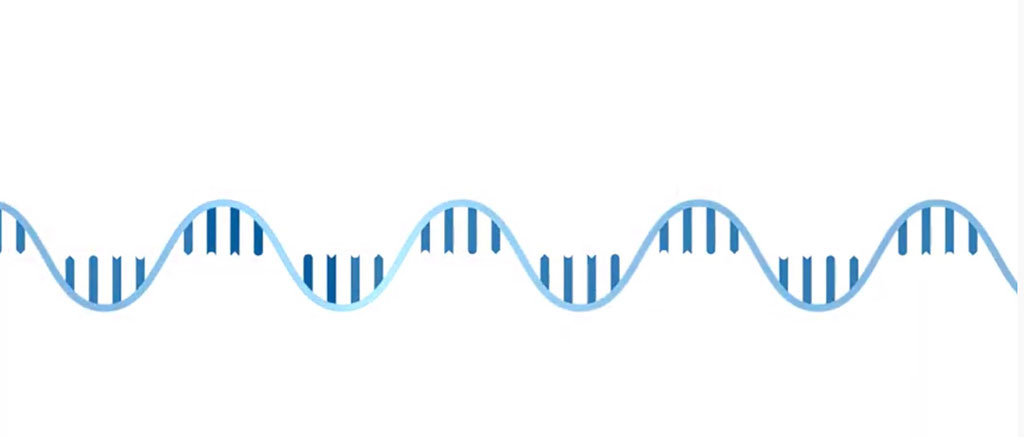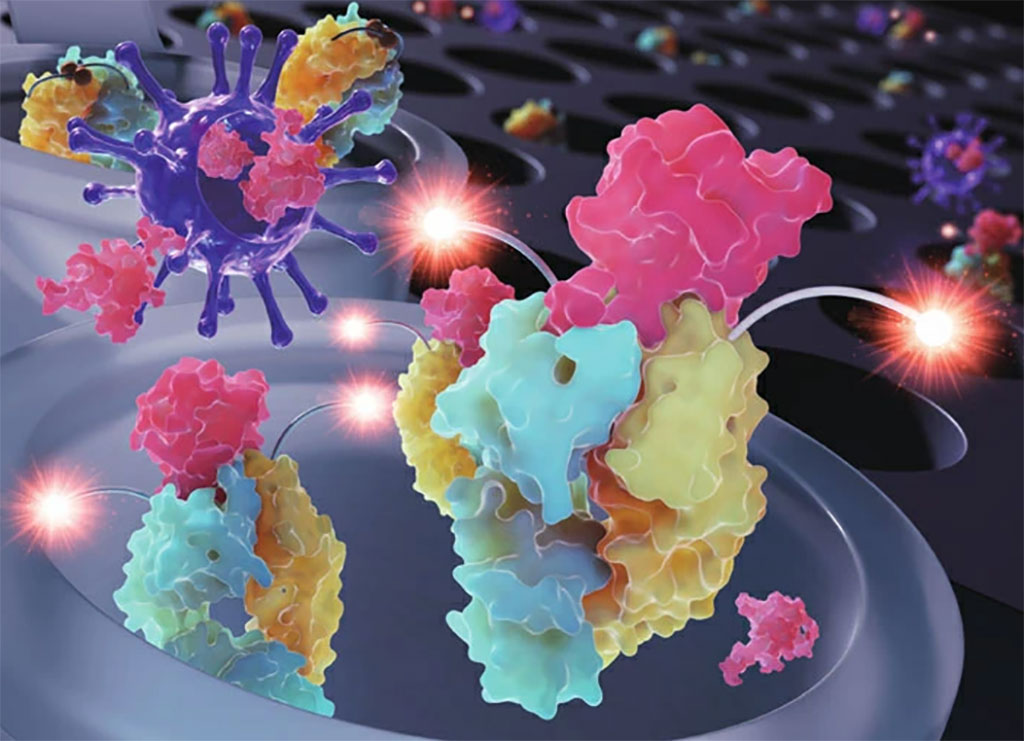New CRISPR Discovery Paves Way for Novel COVID-19 Testing Method
By LabMedica International staff writers
Posted on 28 Apr 2021
A novel diagnostic technology that has the potential to detect a variety of disease-related biomarkers in just one test can make tests for corona and other pathogens much more efficient. Posted on 28 Apr 2021
Scientists from the Julius Maximilian University of Würzburg (Würzburg, Germany) have paved the way for a completely new diagnostic platform with LEOPARD - a CRISPR-based method that is highly multiplexable, with the potential to detect a variety of disease-related biomarkers in just one test.

Illustration
Most conventional molecular diagnostics usually detect only a single disease-related biomarker. Great examples are the PCR tests currently used to diagnose COVID-19 by detecting a specific sequence from SARS-CoV-2. Such so-called singleplex methods provide reliable results because they are "calibrated" to a single biomarker. However, determining whether a patient is infected with a new SARS-CoV-2 variant or a completely different pathogen requires probing for many different biomarkers at one time.
CRISPR-Cas9 is principally known as a biomolecular tool for genome editing. Here, CRISPR-Cas9 function as molecular scissors that cut specific DNA sequences. These same scissors are naturally used by bacteria to cut DNA associated with invading viruses. Whether editing genomes or eliminating viruses, Cas9 cutting is directed by guide RNAs. The guide RNAs found in bacteria must pair with a separate RNA called the tracrRNA. The RNA couple then can work with Cas9 to direct DNA cutting.
LEOPARD, which stands for “Leveraging Engineered tracrRNAs and On-target DNAs for PArallel RNA Detection,” is based on the finding that DNA cutting by Cas9 could be linked to the presence of a specific RNA. This link allows LEOPARD to detect many RNAs at once, opening opportunities for the simultaneous detection of RNAs from viruses and other pathogens in a patient sample. In the future, LEOPARD's performance could dwarf even multiplexed PCR tests and other methods.
"We figured out how to reprogram the tracrRNAs to decide which RNAs become guide RNAs,” said Chase Beisel, professor at JMU and research group leader at HIRI. “By monitoring a set of matching DNAs, we can determine which RNAs were present in a sample based on which DNAs get cut. As part of the ongoing pandemic, LEOPARD could allow a doctor to figure out whether the patient is infected with SARS-CoV-2, if it’s a unique variant, and whether the sample was correctly taken or needs to be repeated - all in one test.”
Related Links:
Julius Maximilian University of Würzburg








 (3) (1).png)
 Analyzer.jpg)



